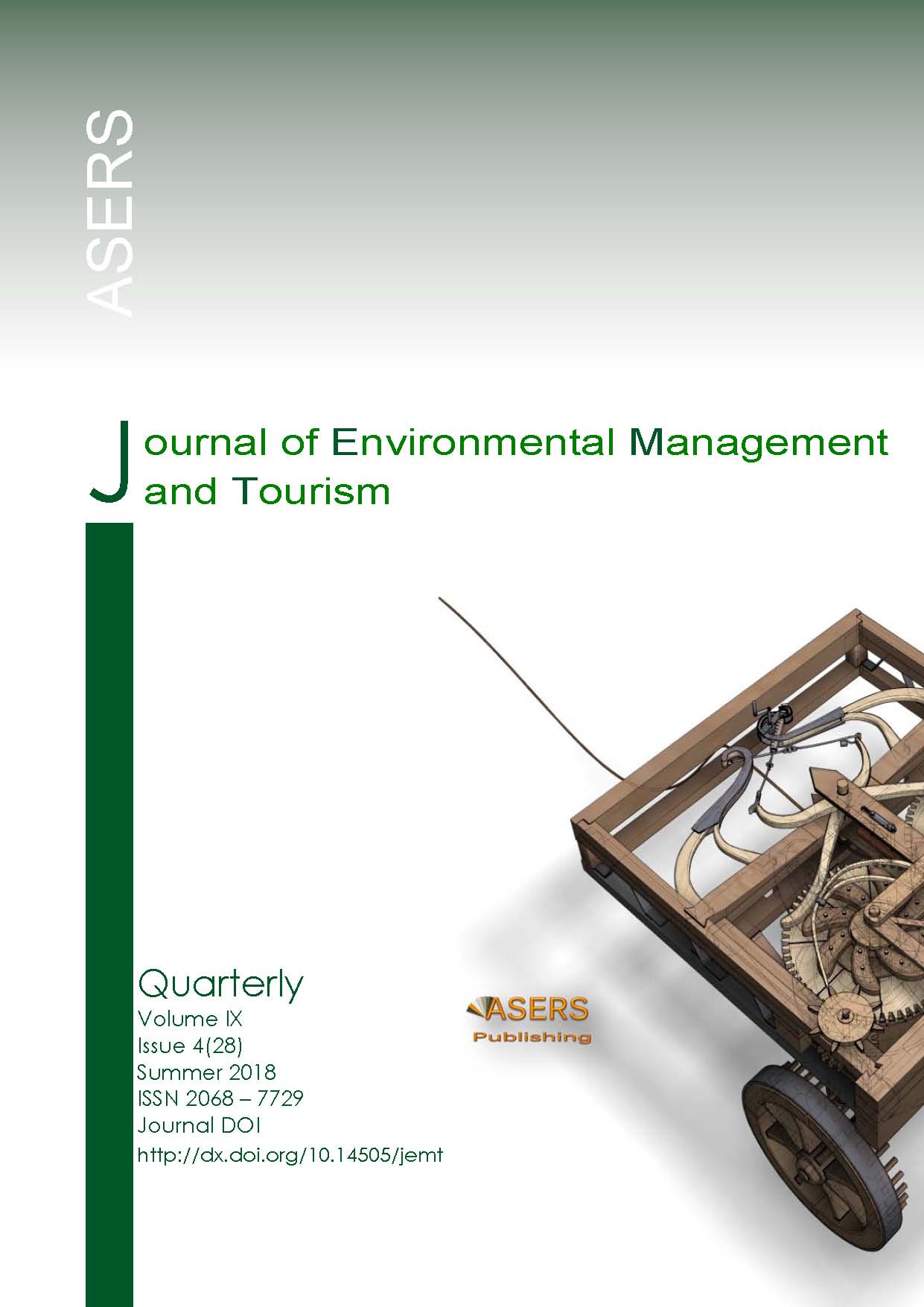Entrepreneurial Clusters as a Model of Spatial Development of Russian Tourism
Entrepreneurial Clusters as a Model of Spatial Development of Russian Tourism
Author(s): Elena A. Dzhandzhugazova, Svetlana V. DUSENKO, Marianna M. ROMANOVA, Liubov N. Orlova, Klim S. GOLONDAREV, Salman Abduganievich KURBANOVSubject(s): Economy, Tourism
Published by: ASERS Publishing
Keywords: cluster development; infrastructure model; synergetic model; tourist clusters; cluster development centers; the Kuzbass Region;
Summary/Abstract: The socio-economic development of the society caused the emergence of large-scale industrial areas in city centers around the world. Thanks to the industrial revolution, industrial facilities have been closely intertwined in the urban structure. The article discusses the problem of conservation and renovation of Russian industrial regions’ heritage. A significant experience in renovating former industrial facilities has been accumulated in the world. The authors demonstrate the ways of industrial heritage conservation and renovation both in the world and in Russia. And they try to reveal the conditions for development of industrial tourism in Russia. The relevance of the present study is attributable to the importance of the problem of economic development of Russian territories from the point of view of the retrospective territorial and sector approach, which has currently become widespread.In this respect, the article is aimed at studying and summarizing the cluster approach experience, which allows developing tourism in Russian regions. The authors of the following article focus on the processes occurring in tourist territories in the context of the Federal Target Program (FTP) "Development of Domestic and Incoming Tourism in the Russian Federation". In this regard, the main attention is focused on the best regional practices of cluster development and on the Kuzbass Region as the most original example. The underlying approach to the study of the problem was the allocation of the two key models of cluster formation in tourism: infrastructure and synergistic. The article reveals the elements of cluster policy, identifies the sources of funding for projects, and justifies the role of public-private partnership. The materials of this article are of practical value for the regional government entities, business and academic community.
Journal: Journal of Environmental Management and Tourism (JEMT)
- Issue Year: IX/2018
- Issue No: 04 (28)
- Page Range: 757-765
- Page Count: 9
- Language: English
- Content File-PDF

